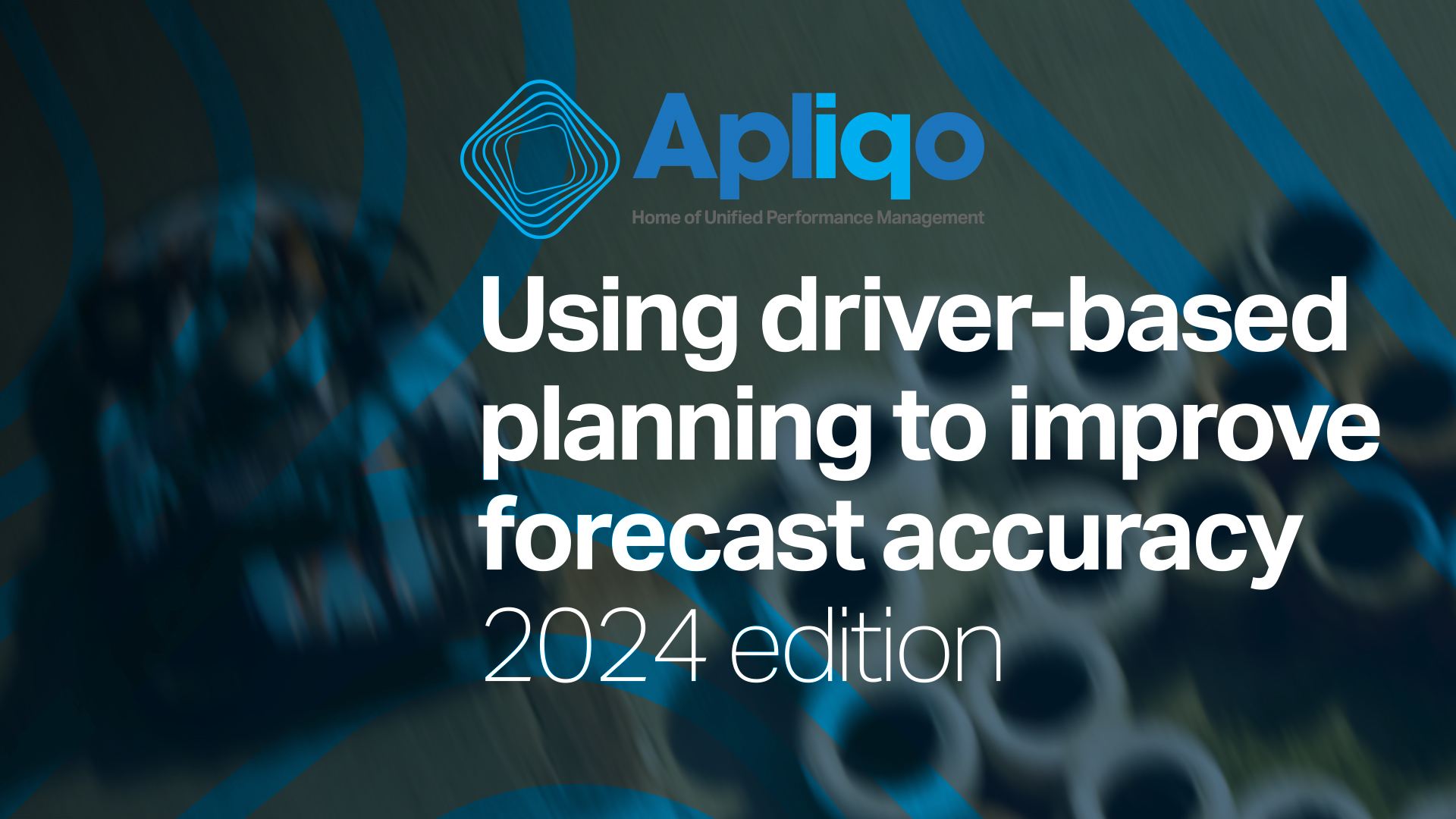Operational plans are crucial to any business; without them, a company would have no way to analyse the efficiency of the operations that keep it running. Unfortunately, however, properly gauging the effectiveness of your operational plans is extremely difficult if they aren’t integrated with company strategy.
In this article, we explore Integrated Business Planning and its importance in unifying your company departments in a single vision of success.
An introduction to Integrated Business Planning
IBP aims to align a company’s strategic goals, financial targets, and core operations in order to fuel better decision making and adaptability.
Daniele Tedesco, CEO, Apliqo
Integrated business planning, or IBP, is a process for aligning your company’s business goals with its key operational functions. In other words, it’s about aligning your core strategy with finance, supply chain, product development, marketing, sales, and any other key operations that keep your company running.
There’s a reason why IBP has become such a buzzword; it helps companies turn firm, independent operational processes into flexible services that create value and drive the organisation forward in achieving its main strategic goals. Some clear benefits companies see as a result of adopting IBP methodologies include:
- Reduced holding costs
- More responsive customer service
- Shorter time-to-market for new products and services
- Improved demand planning and fulfilment
Unlike Sales and Operations Planning (S&OP), which typically employs medium-term planning horizons that rarely extend beyond an 18-month timeline, IBP naturally has a longer time scale that readily aligns with the company’s core strategic goals. At the same time, however, IBP supports short and medium-term operational goals as well.
How can your organisation automatically integrate your operational plans?
One of the first steps to employing Integrated Business Planning is understanding your company’s key business functions. These usually are:
- Supply and demand
- Finance and operations
- Business functions and processes
- Strategic outcomes
- Financial and non-financial measures
- Cash flow, costs, and revenues
For each of these components, you’ll want to first define a solid data set to represent that particular department. This set should comprise the key value drivers (or KPIs) that each department contributes to the successful functioning of your business, and AI and machine learning should be used to navigate larger data sets more efficiently. You can learn more about identifying the key drivers of your business and its individual departments by reading our article on driver-based planning here.
Next, you should build a real-time planning model supported by operational sub-plans that guide each department in meeting the KPIs you identified earlier. Most importantly, these sub-plans need to be linked to one another in a coherent feedback loop so that you can identify how changes to one department’s plans and key drivers will affect the rest of the organisation. You should also experiment with changes to key drivers in this modelling exercise, as this will allow you to better understand the cause-effect relationship of the individual sub-plans and their sensitivity to change.
Finally, and arguably most importantly, you’ll want to collaborate with all the departments of your organisation to get their input on the drivers you’ve identified and to optimise their respective sub-plans accordingly.
Understanding the core challenges to employing Integrated Business Planning
IBP is nothing without alignment and transparency.
Daniele Tedesco, CEO, Apliqo
Note that, beneath the individual steps to employing IBP that we identified so far lies profound, unwavering support and commitment from the organisation’s entire executive team. Employing IBP is far from an overnight endeavour and, in our experience, often calls for significant cultural change within a company. In order for IBP to work, your executive team needs to firmly agree upon:
1. The company’s key corporate goals,
2. What success means for the company, and
3. How each department will contribute to meeting these goals/success models and be held accountable for their performance.
Points 1 and 2 mentioned above clearly help align your executive team with a singular vision for the future success of the company. This is the backbone of an integrated business plan.
Meanwhile, point 3 is all about transparency. All company departments need to have a clear understanding of their responsibilities in helping the organisation be successful. In other words, they need to understand their core KPIs and how meeting them helps steer the company ship in direction of its core strategic goals.
Integrated Business Planning: A unified vision of the future
In this article, we briefly explored Integrated Business Planning and its benefits while also sharing some basic tips on how to employ an integrated planning model.
For more articles like this, remember to bookmark the Apliqo Blog for in-depth insight into leading FP&A best practices that’ll help you drive real value for your business.







